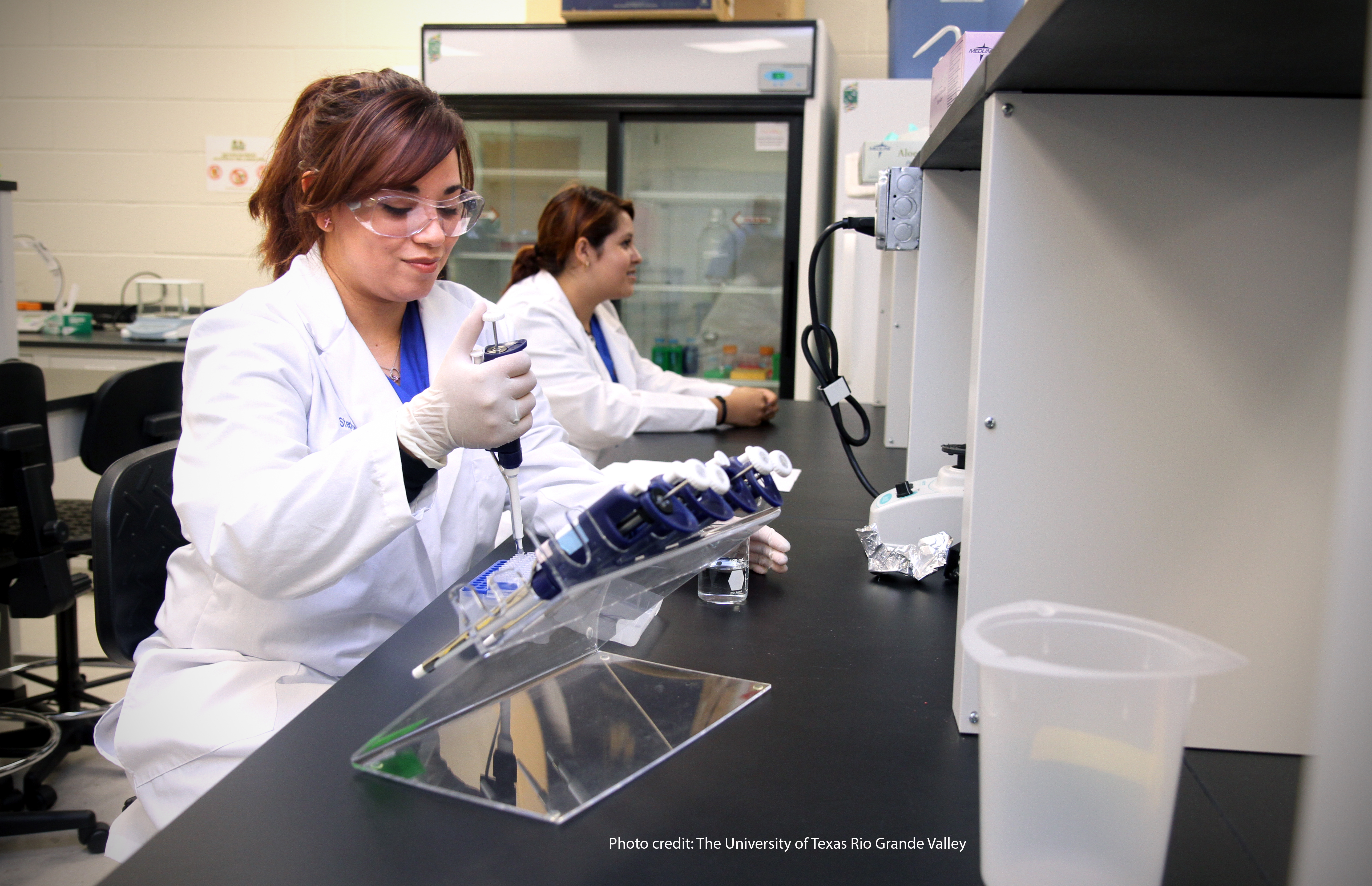A recently published study used NSSE data to explore how first-year student participation in high-impact practices (HIPs) contributes to sense of belonging. Data from a subsample of students at 44 institutions suggested two distinct facets of sense of belonging: peer belonging and institutional acceptance. While analyses showed some gaps in belonging for traditionally disadvantaged populations, overall results indicated positive associations between sense of belonging and first-year students' participation in learning communities, service-learning, research with faculty, and campus leadership.
The first-year college experience, sense of belonging at one's institution, and HIPs are often studied for their important role in student success. However, sense of belonging can be conceptualized differently depending on the theoretical framework and the accompanying measure. For instance, some focus on sense of belonging as a unidimensional construct, while others parse out belonging with distinctions of support, comfort, isolation, classroom climate, or university-level belonging. The goal of this study was to explore whether first-year students’ participation in HIPs influenced their sense of belonging, particularly their connections with peers (peer belonging) and feelings of acceptance from members of the institution such as faculty, administrators, and student affairs professionals (institutional acceptance). Because some HIPs are more readily available to first-year students, the focus was on learning communities, research with faculty, and service-learning. Although not formally deemed an HIP, student leadership opportunities were also included in the study.
The items used in this study were part of an experimental set in the 2014 NSSE administration. Students were asked a variety of questions about perceptions of their peers, faculty, and administration, and these questions were found to be statistically reliable and valid. Specifically, two subscales (termed Peer Belonging and Institutional Acceptance) were created. Example items from the "Peer Belonging" subscale included "You fit in with the other students at your institution" and "You have very few friends or acquaintances at this institution." Example items from the "Institutional Acceptance" subscale included "This institution treats students like individual people instead of just numbers" and "No one would notice if you missed class."
Hierarchical linear modeling looked at the impact of participation in the selected HIPs on peer belonging and institutional acceptance, while also controlling for other potentially related student and institutional characteristics. Similar to previous research, the results suggest that some historically under-represented groups, such as first-generation and some racial/ethnic minority students are less likely to feel that they fit in with other students, compared to their White or continuing generation counterparts. However, the models also revealed that learning communities, service-learning, and student leadership were positive predictors of peer belonging as well as institutional acceptance. Despite a small percentage (6.6%) of first-year students conducting research with faculty members, this HIP was a relatively strong predictor of feeling accepted at their institution. Overall, these findings confirm the multidimensional nature of sense of belonging and point out the importance of providing opportunities for all students, especially those in their first year of college, to participate in a variety of high-impact practices. This further opens the discussion about many ways in which the campus community can work together to improve the first-year experience.
Full findings from this study were published in the May 2017 issue of the Journal of College Student Development.
Ribera, A.K., Miller, A.L., & Dumford, A.D. (2017). Sense of peer belonging and institutional acceptance in the first year: The role of high-impact practices. Journal of College Student Development, 58(4), 545-563.


